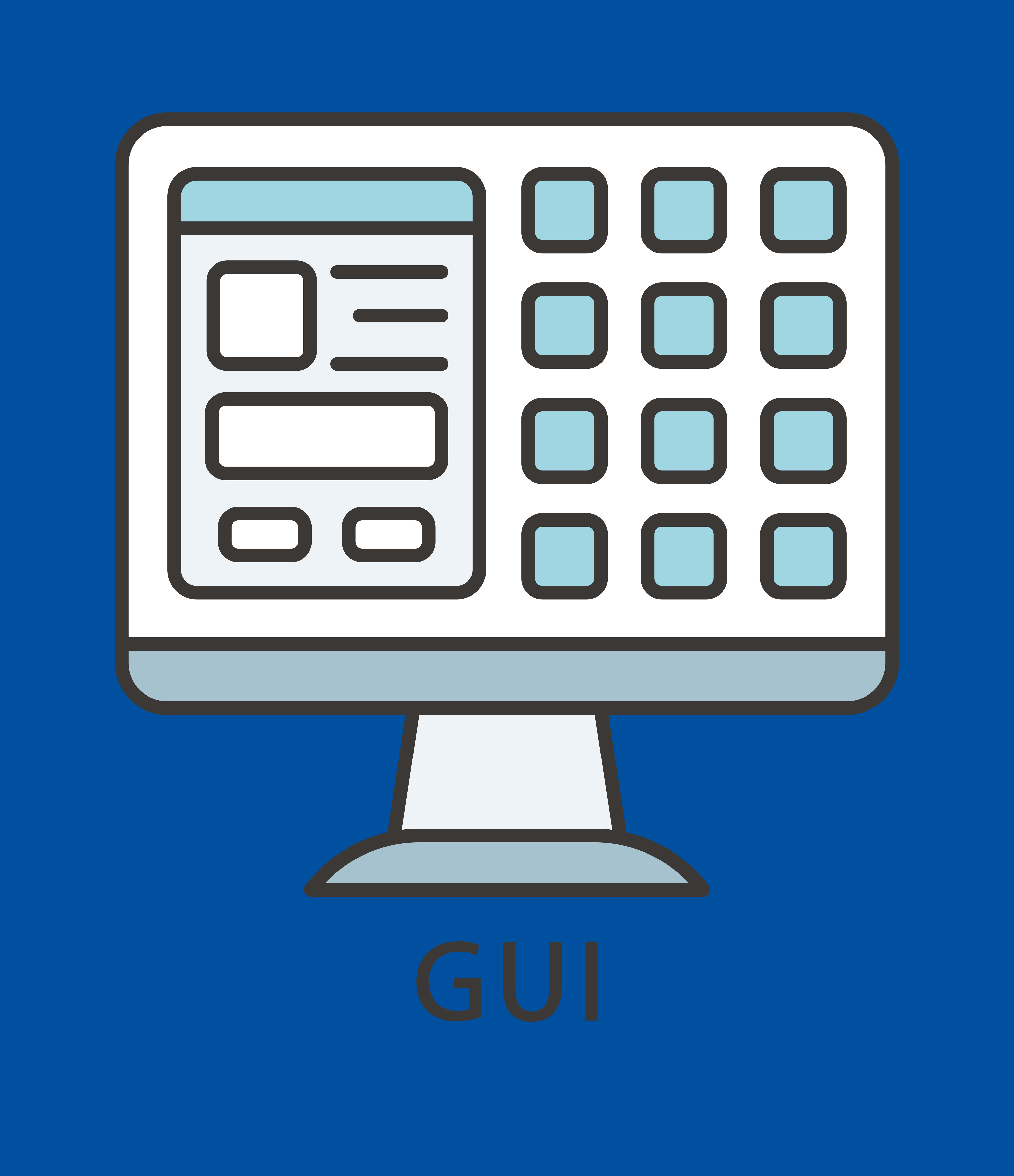Menu
GUI texts: why they pose a special challenge in software localisation and how you can master them
Sven Tänzer
Sven Tänzer has been working in the translation industry since 2015. As a sales manager at Apostroph Germany, he is responsible for customer acquisition for apoMEDICAL – our medical translation and technology division located in Bremen. In his spare time, Sven enjoys hiking with his family and travelling miles for good food.



